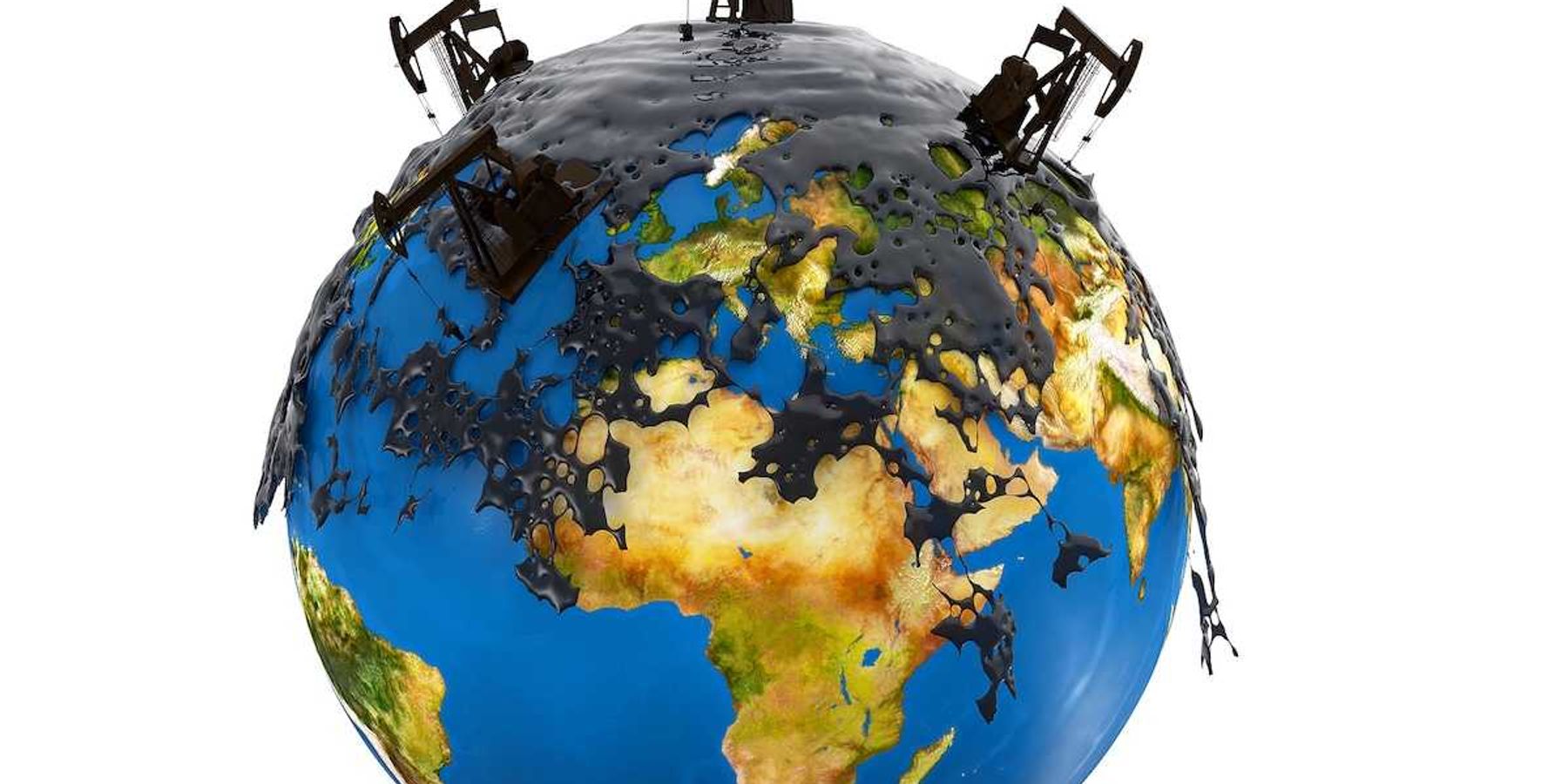
Op-ed: What the media gets wrong about the new world population numbers
The last time that we lived within the productivity limits of our planet was about 50 years ago — that is a problem.
The essay the Washington Post’s editorial board recently published downplaying the population disaster is itself a disaster — a misrepresentation of the implications of a global human population that recently reached 8 billion people.
To publish an editorial on the population crisis titled, in part, “That’s probably a good thing” gives people license to consume as much as they want, to have as many super-consuming children as they want and simply get on with their day-to-day activities. It offers no hope of finding our way out of the catastrophe, of avoiding the tightly population-related existential threats of climate disruption, biodiversity extermination, toxic chemicals (likely related to the global decline in human sperm count), declines in soil quality, ground water, and other resources and escalating chances for nuclear war.
For example, Earth Overshoot Day — the day when humans have used all of the biological resources that Earth regenerates during the entire year — occurred this year on July 28. The last time we lived within the productivity limits of our planet was about 50 years ago, when the global population, at approximately 3.8 billion, was less than half of what it just reached.
World-class economist Sir Partha Dasgupta, who in 2020 completed review of the economics of biodiversity for the U.K. Treasury Department, calculated that if everyone in the world were given an annual income of about $20,000, a human population of perhaps 3.2 billion people would be able to live sustainably on our planet. Earlier estimates were even lower. The huge disparities between current gross national income per capita at $70,480 in the U.S. and $3,993 in countries of Sub-Saharan Africa seem to make it virtually impossible for humanity to live sustainably on this planet under current economic distribution. When will Americans or western Europeans be ready to give up large parts of their current standards of living to even things out globally? And as for the eight individuals who control as much money as the 3.6 billion poorest among us, they certainly don’t have any urge to level matters out either.
The Washington Post editorial board apparently doesn’t realize that neither the planet nor people react to percentages but to numbers. While “only” about 25% of people are living in misery today, at the very least malnourished, that’s two billion people. And the other 75% are busily bringing down civilization.
The editorial contains many of the long-disproved population bromides from fear of the aged to more minds bringing new ideas. It is about as dangerously misleading as anything we’ve read anywhere on a topic that affects us all so profoundly.
Other questionable population crisis coverage
The Washington Post was not alone in questionable coverage of the population data. The New York Times accepted a fine opinion piece on population by Peter Gleick, a world-renowned expert on water and climate issues, but withdrew it to publish a column by Somini Sengupta entitled “The Population Question.” Sengupta properly recognizes the major role of the rich in emitting greenhouse gasses and the critical importance of women’s education, but then acts as if climate disruption were the only existential threat. She writes “history is littered with population control horrors” but fails to name similar “growthmania” nightmares. There certainly have been such horrors, especially in forced eugenic sterilizations in the U.S. and those trying to deal with overpopulation in India. But Sengupta does not mention horrific acts of “growthmania” that dwarf those episodes, and that were usually guided by the very same colonial and racist thinking behind population control horrors. For example, there were many millions of lives destroyed in the name of population growth from the European invasion of the Americas, not to mention the triangular slave trade and Hitler’s immense slaughter of Jewish and Slavic peoples in search of eastern “Lebensraum” and “racial purity.”
Sadly, the third prominent article we want to discuss marking the “passing 8 billion” was published in the Guardian, usually one of the best major publications on critical environmental issues. We will not bore you with an analysis of the same long-dealt-with mistakes, except to note that the author discounts the obviously massive population contribution to overconsumption. He even makes the classic mistake of focusing on numbers without considering the real world.
Time is running out
More than 15,000 scientists have signed on to the renewed scientific warning on population-related issues.
“To prevent widespread misery and catastrophic biodiversity loss, humanity must practice a more environmentally sustainable alternative to business as usual,” the 2017 report reads. “Soon it will be too late to shift course away from our failing trajectory, and time is running out.”
As Earth passes 8 billion people, these words ring even more true. And we need more intentional, accurate reporting on the many impacts that this over-capacity creates.
Peter H. Raven is president emeritus, Missouri Botanical Garden, St. Louis.
Paul R. Ehrlich is a Bing Professor of Population Studies at Stanford University.













